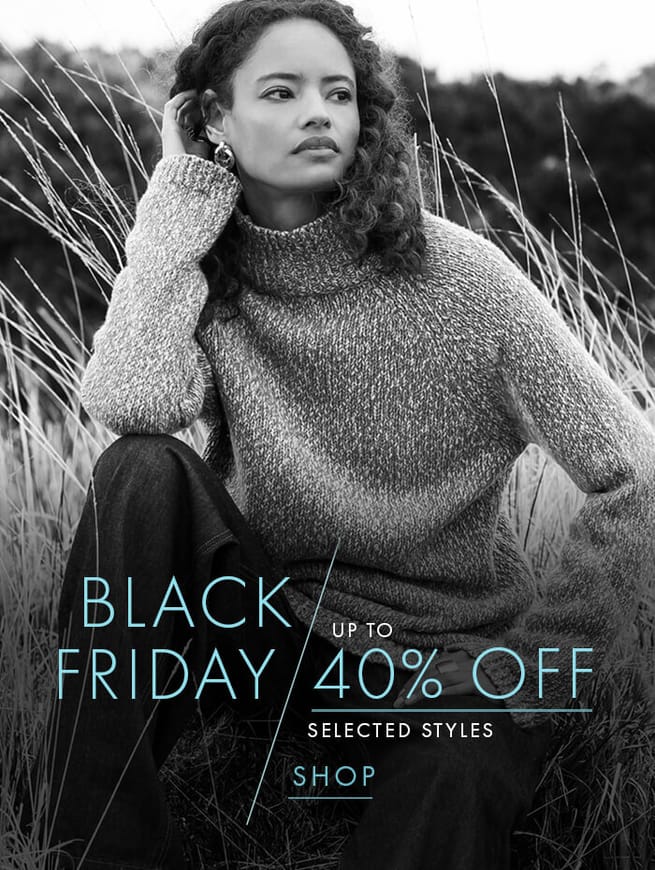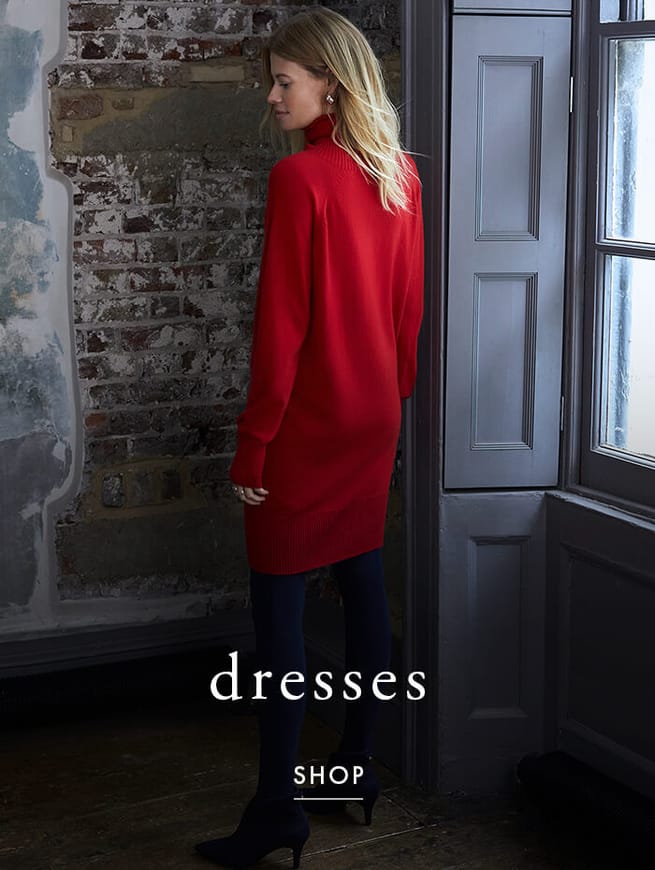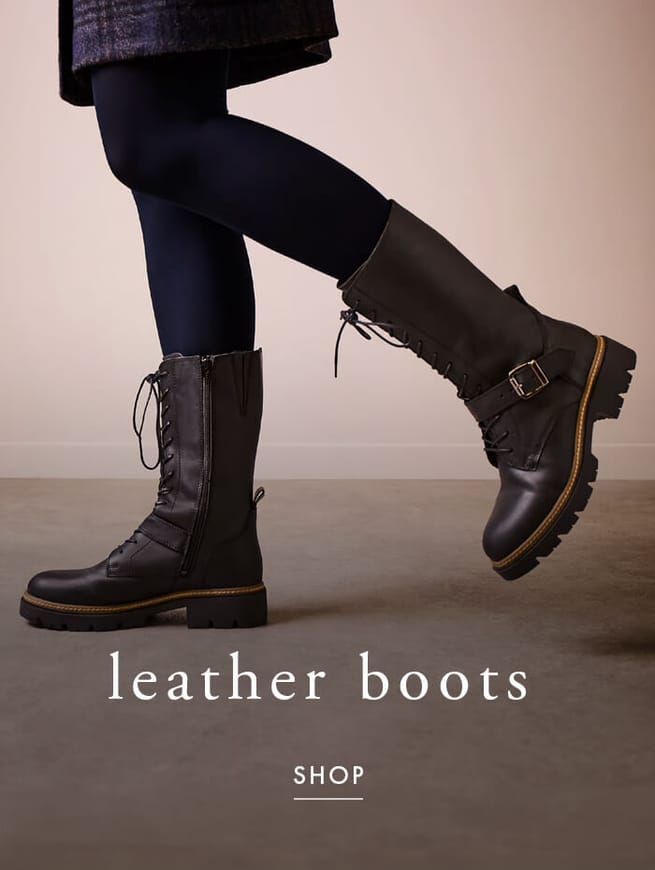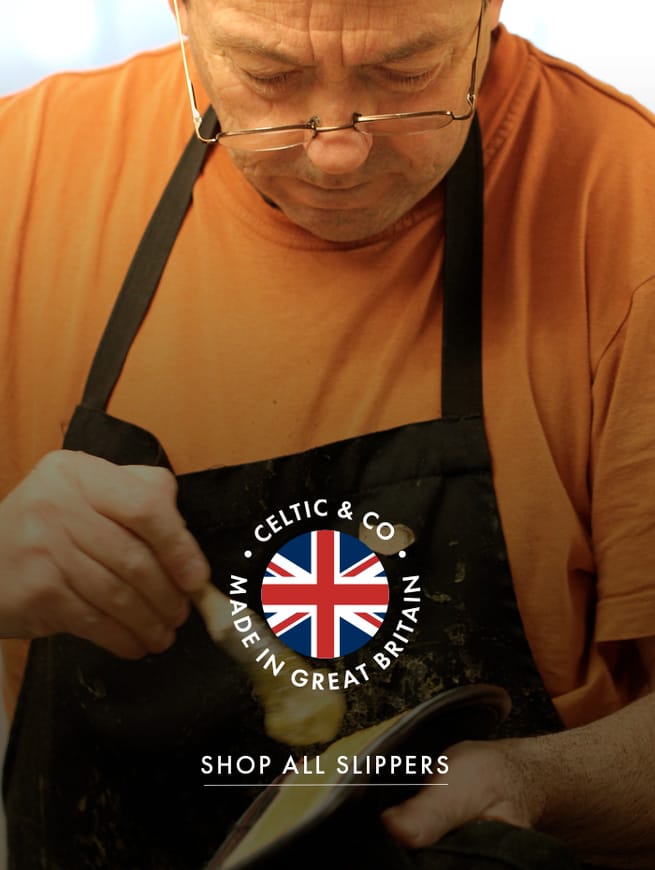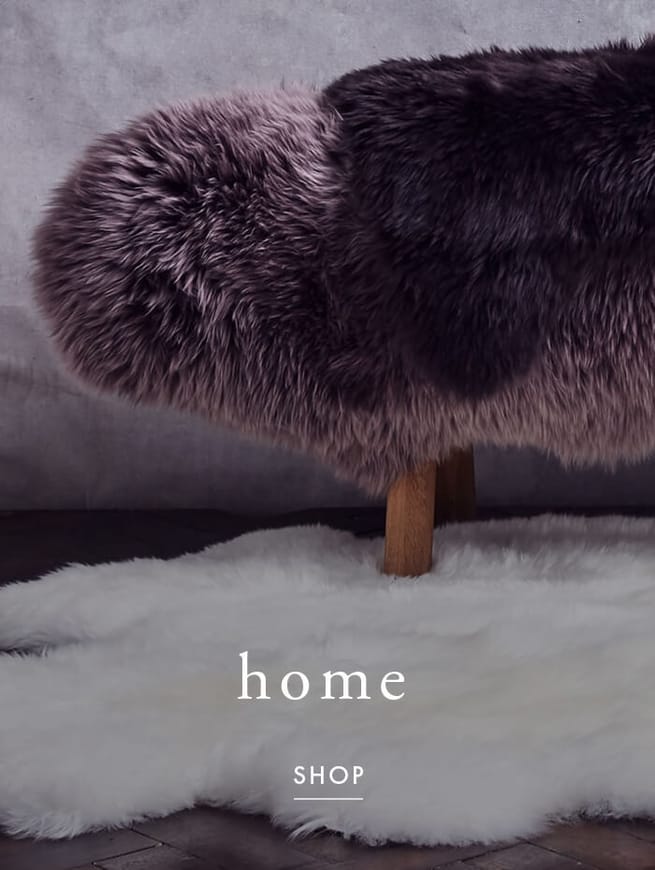What are the different breeds of sheep that we use?
Wool has been a staple material for clothing for thousands of years. In medieval England, wool was the driving force for the economy. While wool is no longer the backbone of the economy, it is still an important part of the rural economy. There are over 40,000 wool producing sheep in the UK and each one produces, on average, 2 kilograms of wool. The yarns created from wool are also sustainable and British sheep farmers play a big part in countryside management and conservation.
We Love Wool.
In Cornwall, wool was also important, popular with fishermen and miners, wool clothing has always been an essential wardrobe staple. The Cornish word for sheep is davas and gwlan is the Cornish word for wool. At Celtic & Co, we use a number of different wool's and sheepskins from a variety of sheep from across the world. Each type of material has its own unique benefits and properties that we aim to harness to create the perfect garment, rug or accessory.
Merino Wool.
Merino Wool is probably one of the most well-known materials. Prized for its softness, lightness breathability and anti-bacterial properties, merino wool comes from the merino sheep – an ancient breed that is originally from Spain. However, the breed was improved and refined in Australia and New Zealand and that is now where most merino wool comes from. Merinos are hardy sheep and thrive in harsh environments where the temperatures can range from 35C in the summer to -15C. The sheep's wool keeps it cool in summer and warm in winter, which is exactly what our merino wool clothing is designed to do. View our blog and learn more about why we love Merino Wool here.
Toscana Sheepskin.
Toscana sheepskin has a look and feel of fur, but it is the wool of the Toscana sheep. Originally a Spanish breed, that is at home in the mountains of Spain, Toscana sheepskin is classified as being some of the softest and best quality sheepskin and wool there is.
Geelong Lambswool.
Geelong lambswool holds similiter properties to cashmere. It's warm, soft and luxurious to touch. Geelong wool gets its name from a town of the same name in Australia. Located south-west of Melbourne in the state of Victoria, Geelong became the main port for the Australian wool industry and the city is now home to the country’s National Wool Museum. Geelong lambswool is spun from the first sheer of seven-month-old lamb. The fibres are then separated and sorted with the finest microns, the measurement used to express the diameter of wool fibre, used to create Geelong lambswool.
Donegal Wool.
Donegal wool is named after Donegal, in the North of the Republic of Ireland, that is famous for its wool production. Prized by fisherman and also used widely in tweed, Donegal wool is known for its unique flecks and its warmth. The Donegal wool used in our clothing is still made in the traditional way.
Welsh Mountain Sheep
Welsh mountain sheep can be found wandering the hills and mountains of Wales. A hardy breed, that is well suited to the unpredictable Welsh weather, we use welsh mountain sheep pelts for some of our sheepskin rugs. Typically, Welsh mountain sheep are white, but there are black welsh mountain sheep too, both of which create beautifully soft and luxurious rugs. The Welsh word for wool is the same as it is in Cornish, gwlân.
Herdwick Sheep
Hardwick Sheep originate from the Lake District and are typically reared on the fells. The wool of Herdwick sheep is thick, hardy and naturally coloured with various shades of grey tinged with flecks of white. We use Herdwick pelts for our characterful sheepskin rugs.
Jacob Sheep Wool
The striking Jacob sheep is characterised by its piebald coloured wool. For a long time, it was an ornamental sheep, used as lawn mowers for the large estates of landowners. Now they are prized for their skins, wool and meat. Classed as a rare breed, Jacob sheep have thick wool and individual markings that make for a soft and unique rug.








